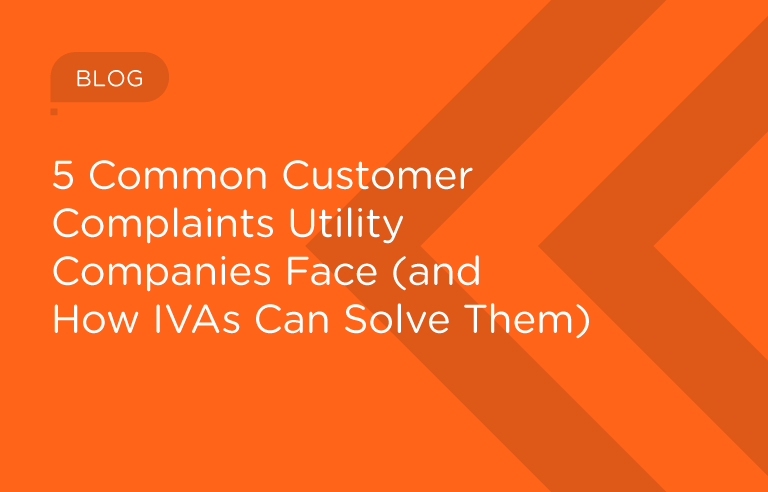With travel restrictions decreasing and consumers feeling more comfortable leaving their homes, this summer will see a rebound in traffic after a year-long hibernation. Hotels, airlines, and tourist destinations are currently preparing for this resurgence– without actually knowing the volume that it will bring.
According to new research by Zapwater Communications, 65% of Americans are looking forward to traveling again, both internationally and domestically. In addition, 39% are hoping to travel within the first six months after travel restrictions are lifted. However, it’s impossible to know what these brands should expect.
The pandemic resulted in many of these businesses having to lay off or furlough employees. Will this summer mark a full return to normal operations? Or should hotels and airlines continue to be cautious?
Not to mention, as consumers flock back to their regular vacation plans, brands have a key opportunity to create lasting loyalty for years to come. High expectations and a hiatus from adventure means that customers expect travel and hospitality businesses to be operating at optimal efficiency.
How can travel and hospitality brands be prepared for the dramatic (yet unpredictable) shift in demand while maintaining high quality customer experience? We put together three best practices to help guide brands as they navigate this transition period.
Scalable operations
The ability to scale operations through the use of technology ensures that volume spikes and drops can be handled without compromising customer experience. Conversational AI applications can handle an unlimited number of customers, which means that operations can scale without having to immediately hire additional agents.
The key to this working, however, is by offering self-service operations that are able to help customers solve the queries effortlessly. If the application is simply acting as a directing service, then agents will still be overloaded by additional volume, and customers will still have to wait in long queues.
Reduce Employee Effort
Agent experience is directly correlated with customer experience. Therefore, reducing employee effort reduces customer effort, which equals greater customer satisfaction. Characteristics of bad customer service, like long waiting times, unknowledgeable agents, and multiple transfers can be eliminated with the right technology.
For example, AI applications can speed up the path to resolution for agents and customers by surfacing relevant information and guidance for an adviser before they ever answer a call. Through agent augmentation strategies, AI solutions can immediately deliver CRM and historic data about a customer to an agent, so that they’re ready to provide a more contextual conversation. This results in faster, more direct, and productive conversations between agents and customers.
Streamlined communication
To keep customer experience high with unpredictable volume, companies can leverage several strategies to streamline communication flows to handle higher volume.
By evaluating the customer journey, specifically the short-term customer journey during the transition back to regular volume, brands can understand what customers are most frequently calling about. With this information, they can create a “golden path” to FAQs to reduce volume that can be otherwise served. This is an example of proactive communication.
Brands can also streamline communication by understanding the most frequented conversation flows, and optimizing them for faster resolutions and decreased average handling times.
The travel and hospitality industry can still thrive despite unpredictable customer volumes. By capitalizing on this time to demonstrate great customer experiences, brands can create a lasting impression and reach a new normal in their business. Download the eBook, “The Best of Both Worlds: Optimize Your Contact Center by Blending Human and AI Capabilities,” to learn how to handle unpredictable demand and deliver exceptional customer experiences.




